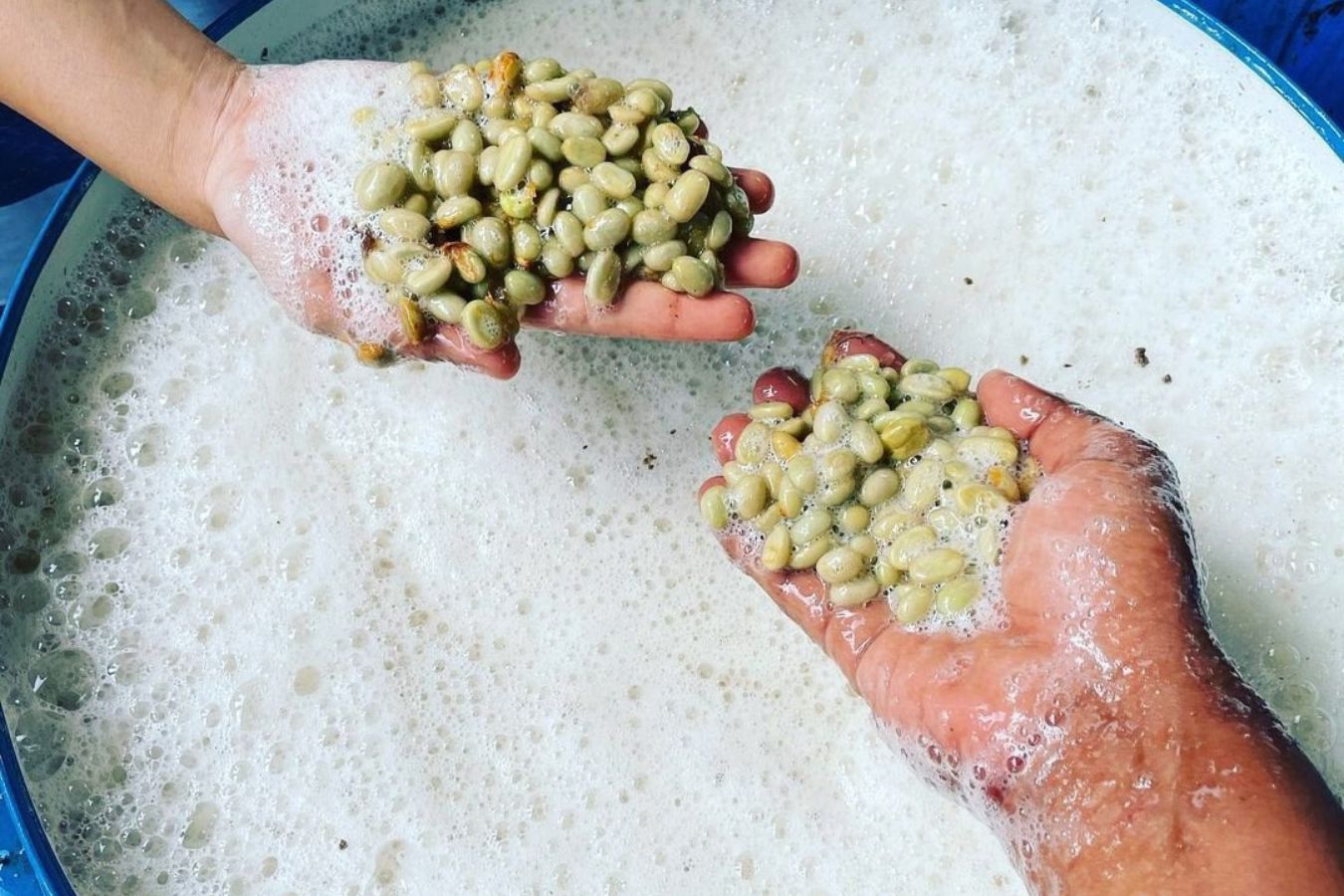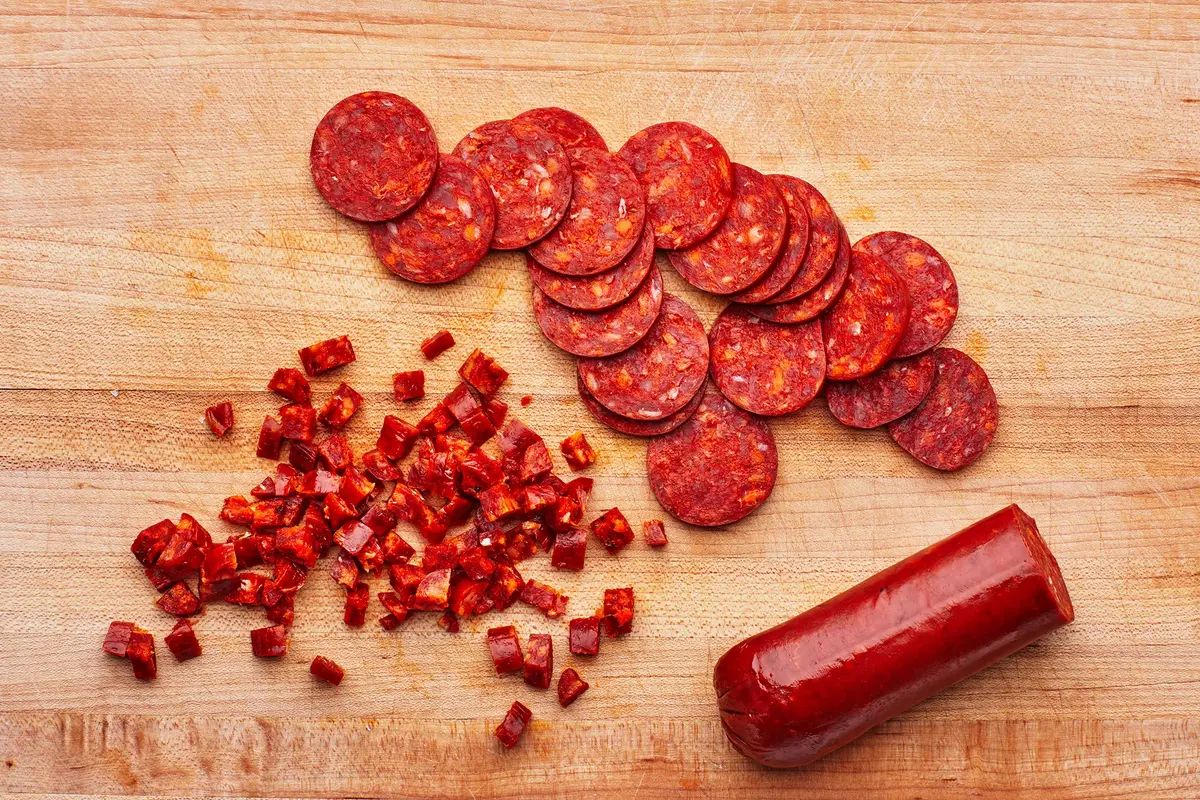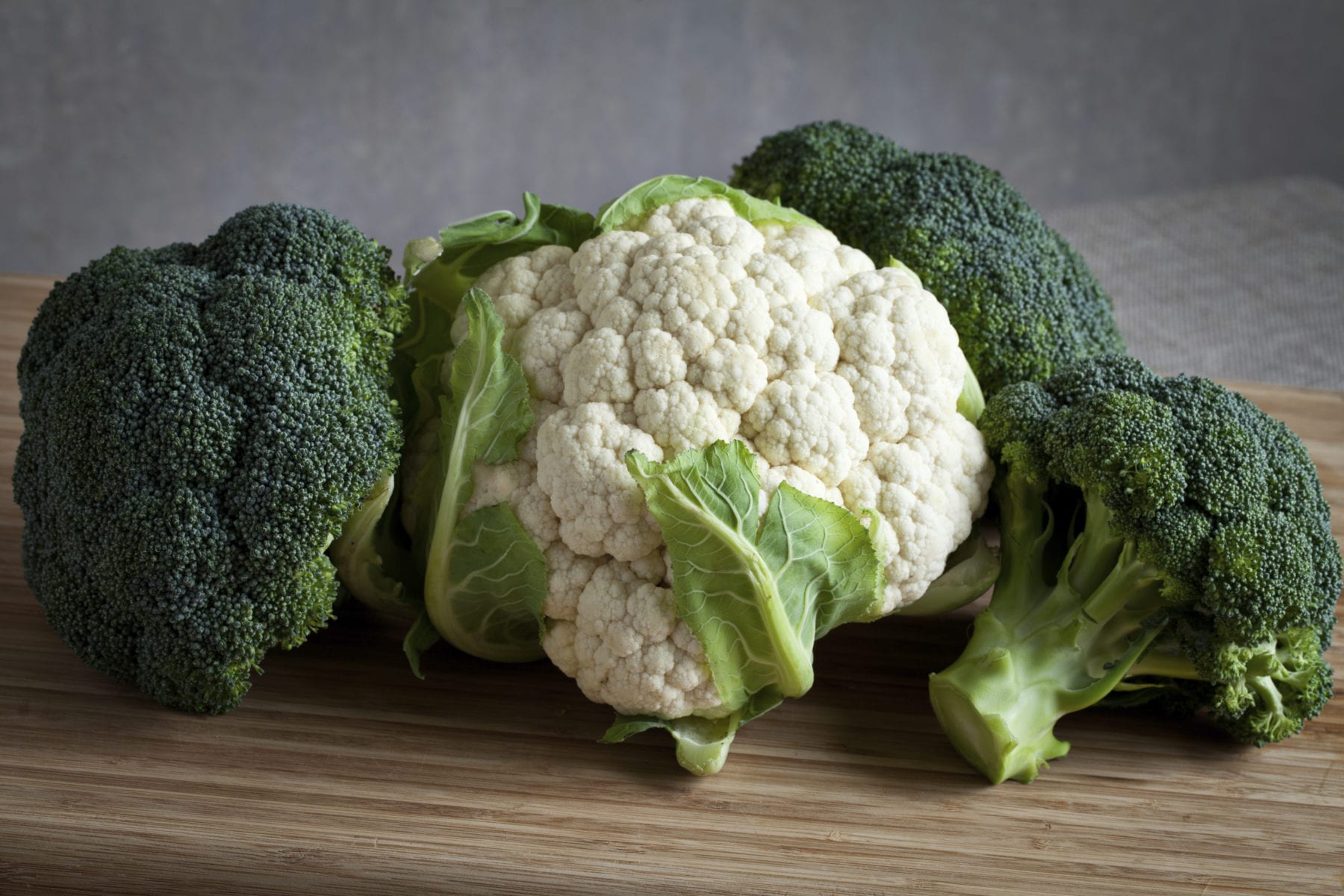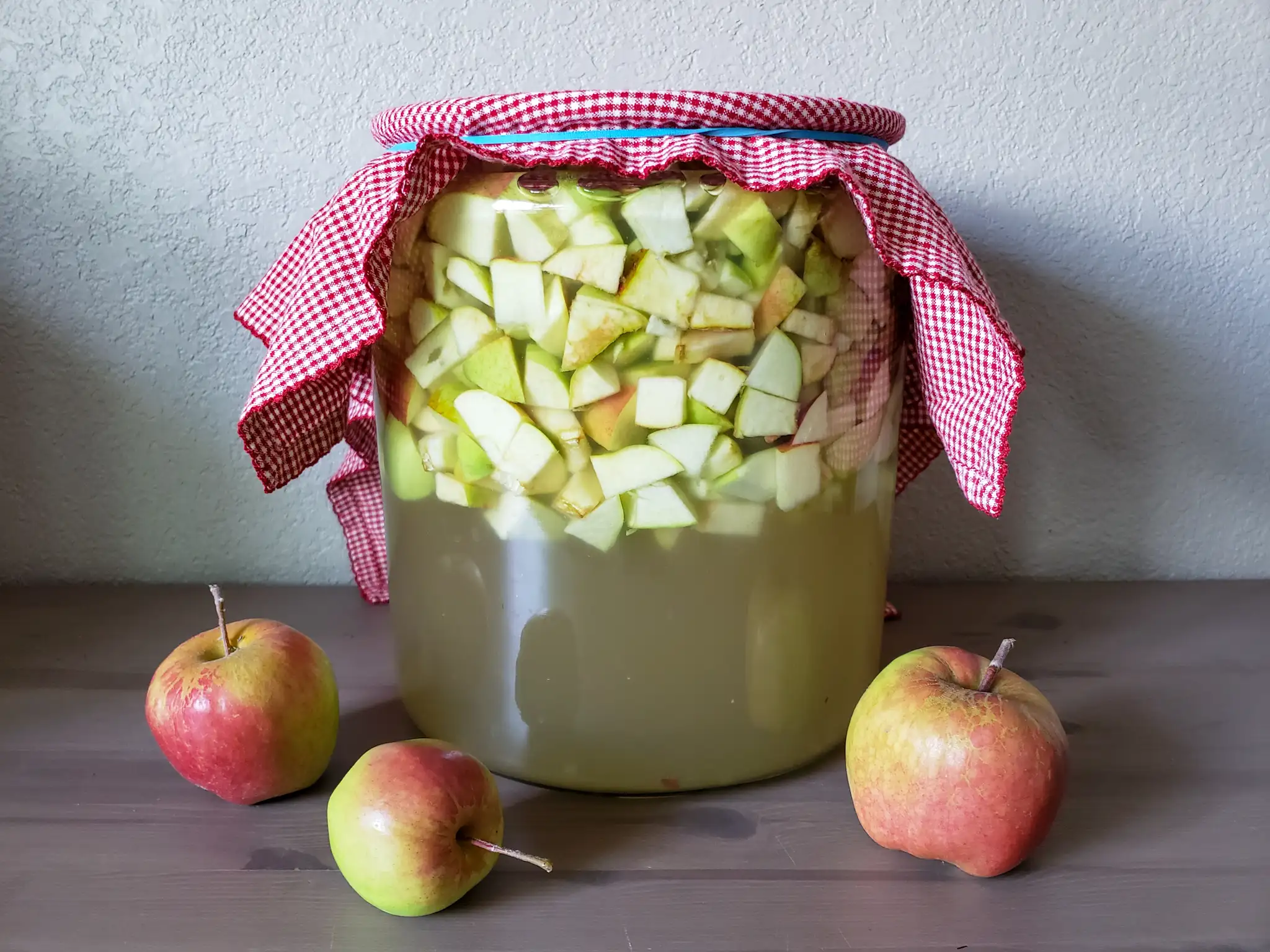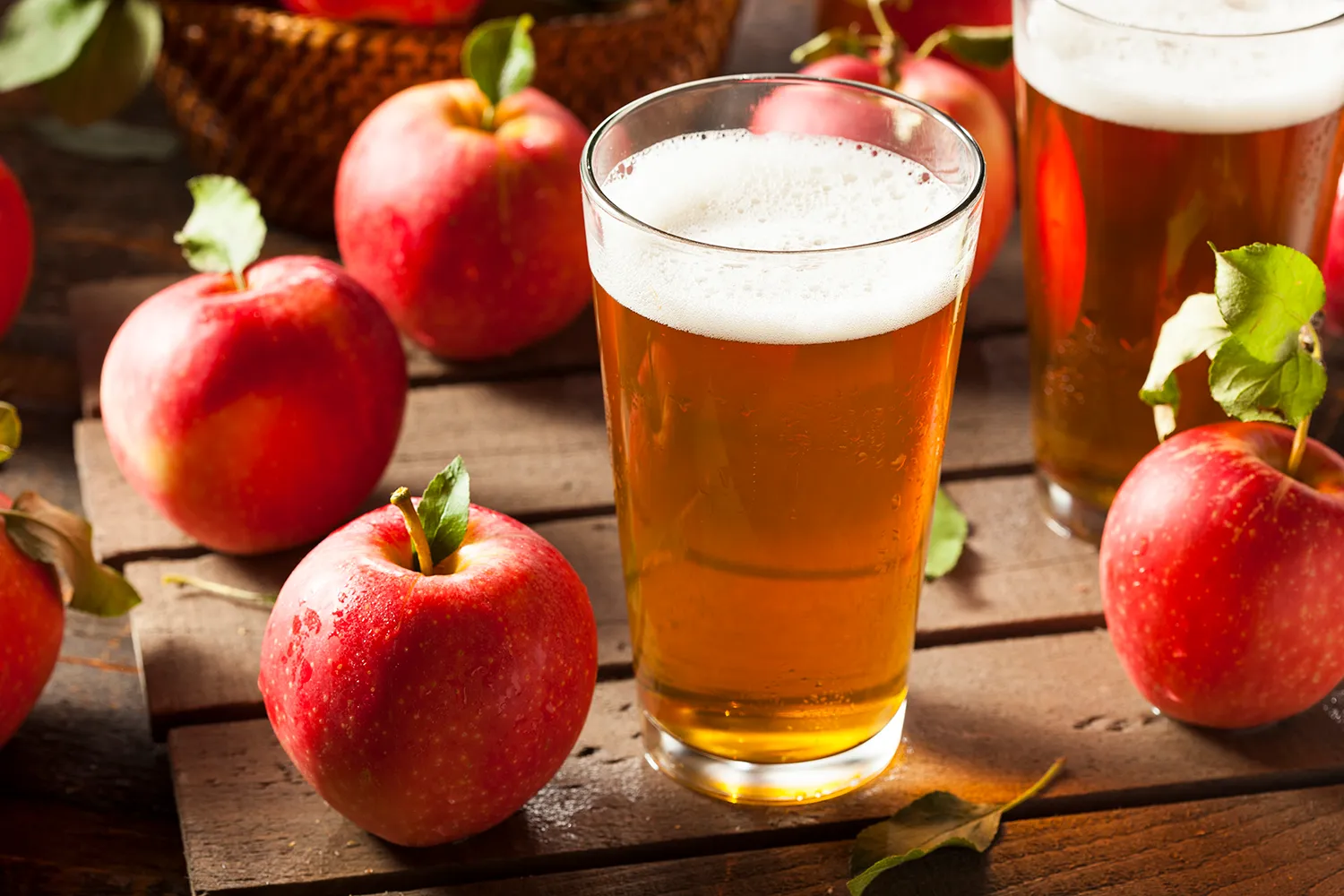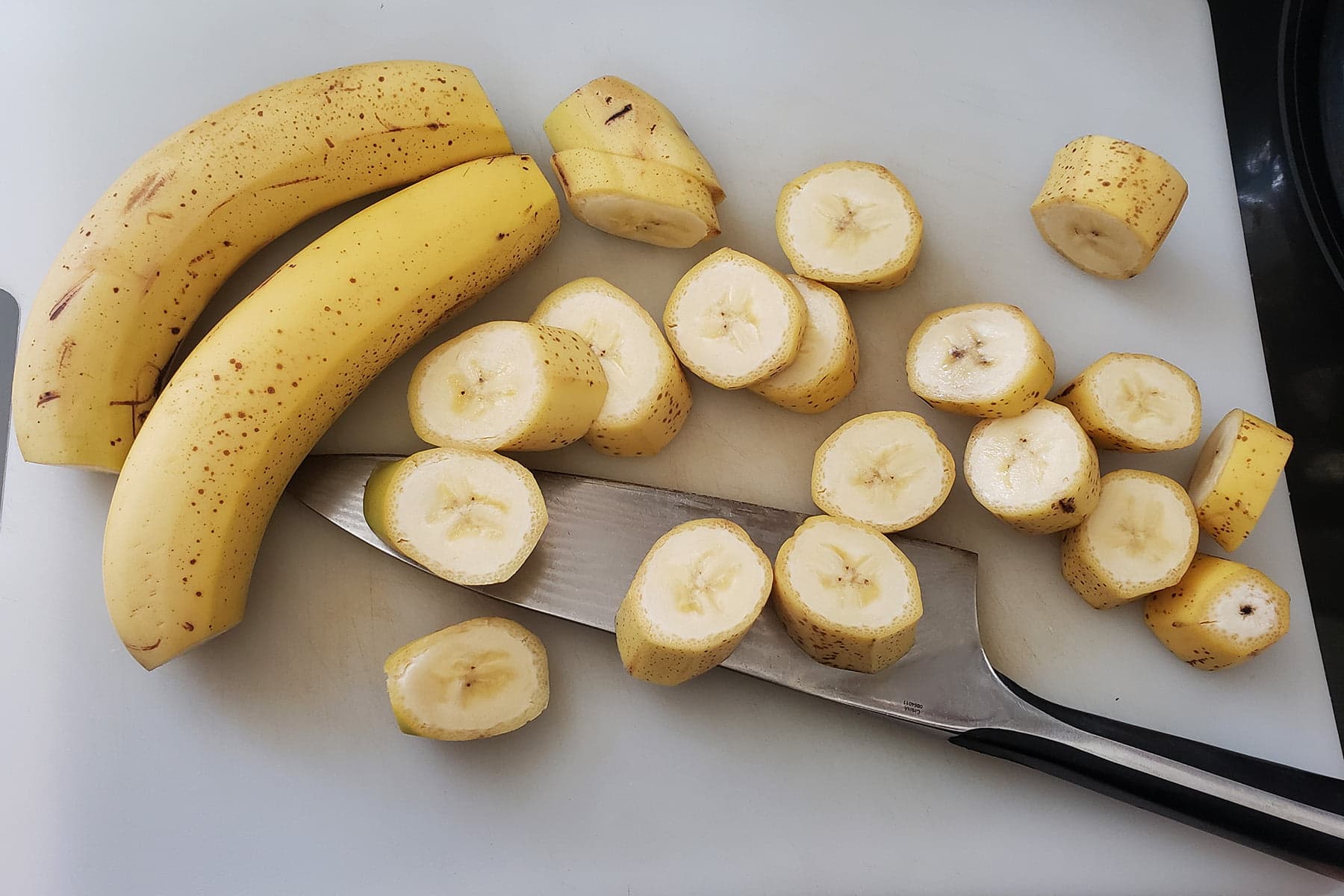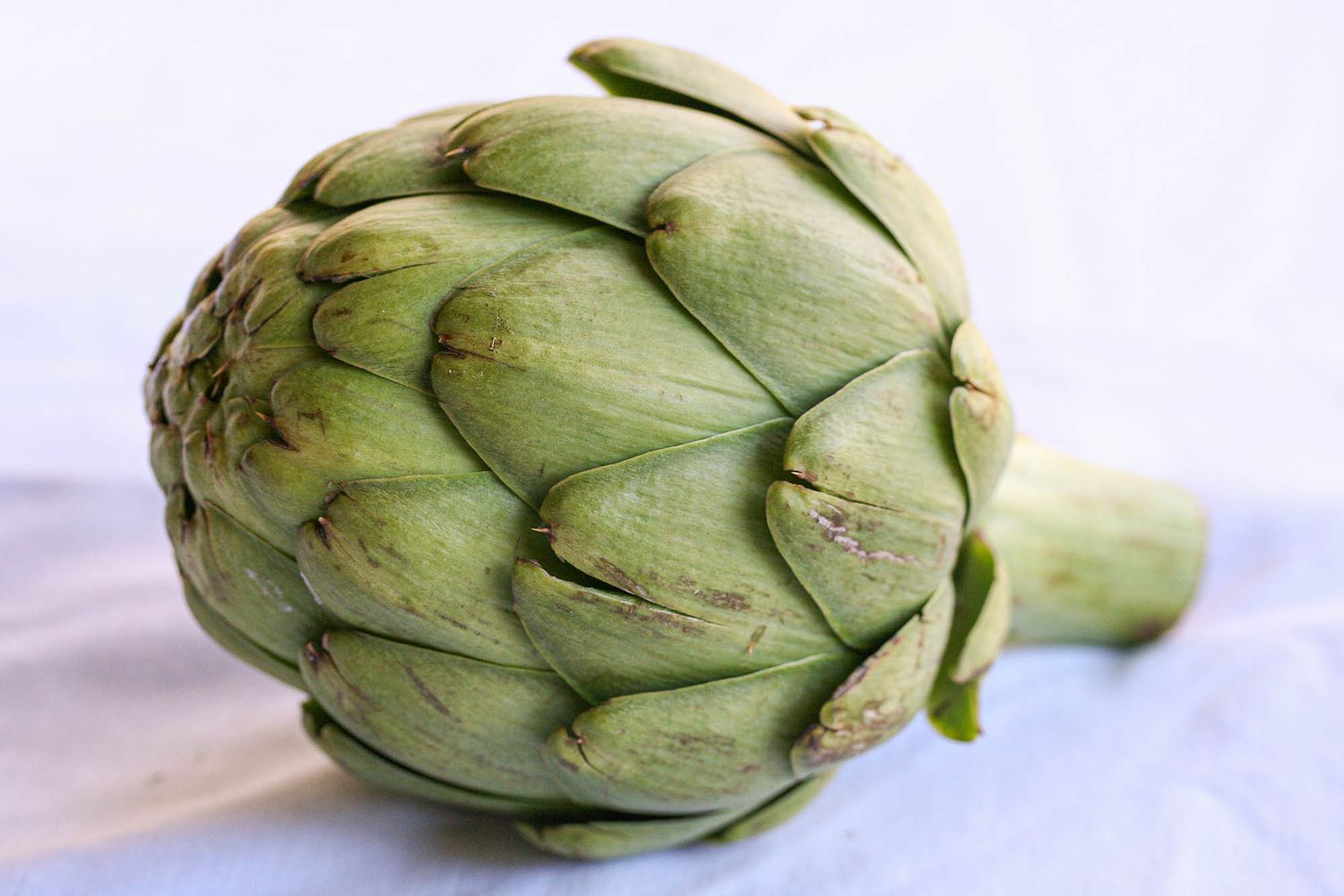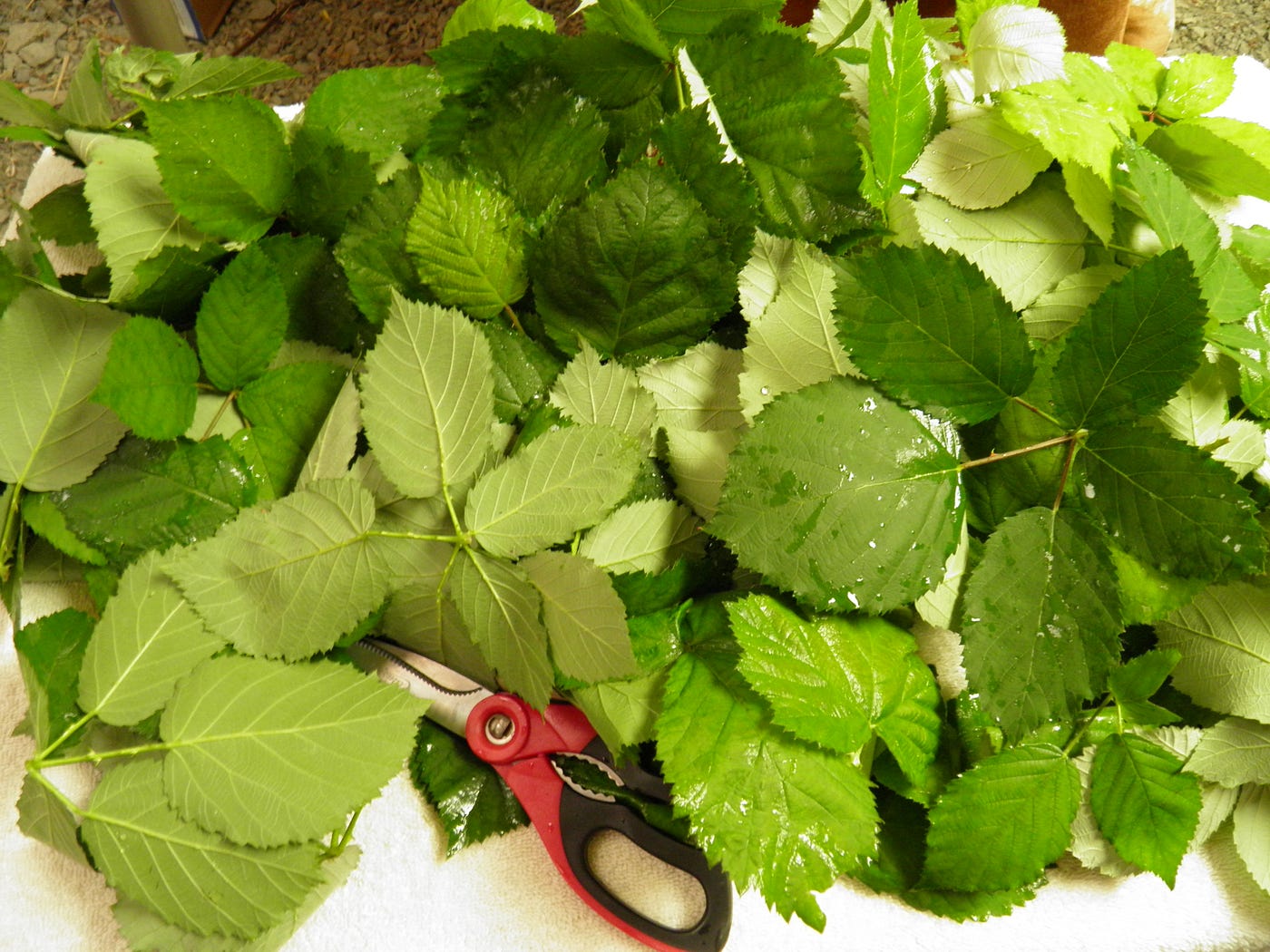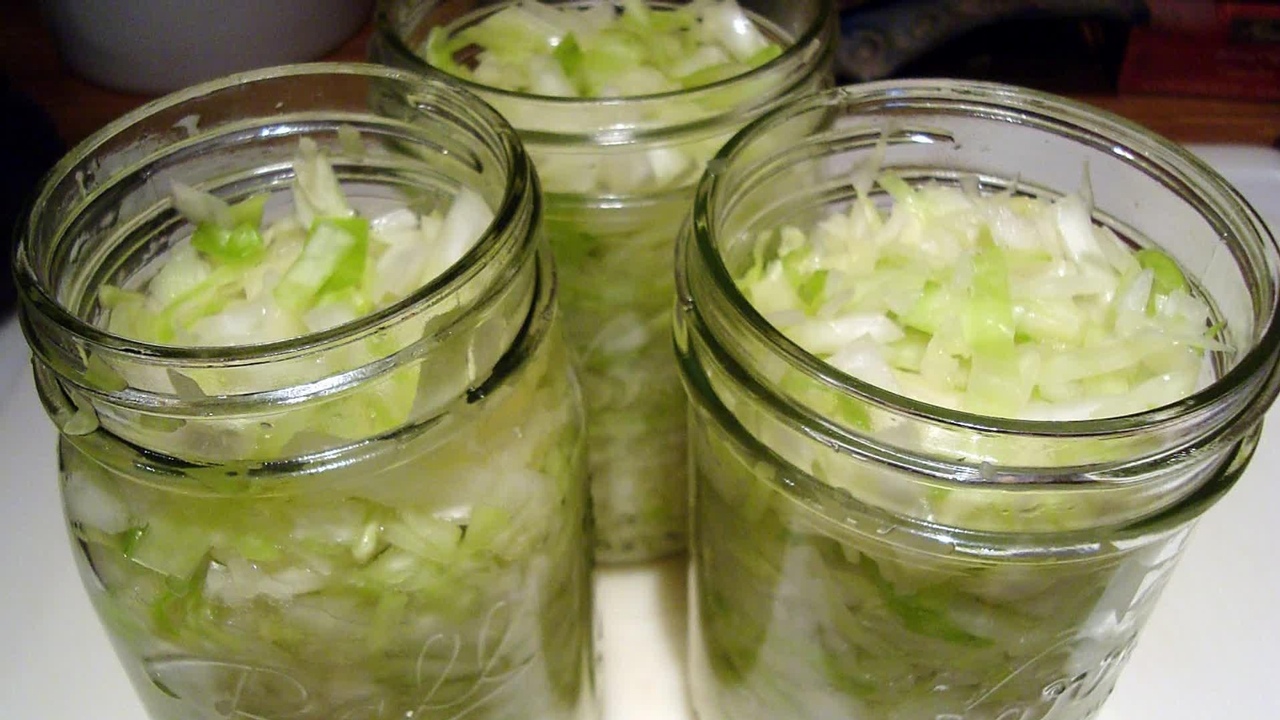What is Fermented Dog Food?
Fermented dog food is a type of food that has been through a process of fermentation, where beneficial bacteria break down the nutrients in the food, making it easier for dogs to digest. This process can also enhance the flavor and nutritional value of the food, making it a popular choice for pet owners looking to provide their dogs with a healthy and balanced diet.
Why Ferment Dog Food?
There are several benefits to fermenting dog food, including:
- Improved digestion: Fermentation can help break down the proteins and carbohydrates in the food, making it easier for dogs to digest.
- Increased nutrient absorption: The fermentation process can increase the bioavailability of nutrients in the food, allowing dogs to better absorb essential vitamins and minerals.
- Enhanced flavor: Fermentation can enhance the flavor of the food, making it more appealing to picky eaters.
- Probiotic benefits: Fermented foods contain beneficial bacteria that can support a healthy gut microbiome in dogs.
How to Ferment Dog Food
Now that we understand the benefits of fermented dog food, let’s take a look at how to ferment dog food at home:
- Choose the right ingredients: Start with high-quality, fresh ingredients. This can include a variety of meats, vegetables, and grains that are suitable for your dog’s diet.
- Prepare the ingredients: Chop or shred the ingredients into smaller pieces to aid in the fermentation process.
- Add a fermenting agent: Introduce a fermenting agent such as kefir, yogurt, or a commercial probiotic supplement to the ingredients. This will kickstart the fermentation process and introduce beneficial bacteria to the food.
- Allow the mixture to ferment: Place the ingredients in a clean, airtight container and let it ferment at room temperature for a period of time. The duration of fermentation can vary depending on the ingredients and the desired level of fermentation.
- Monitor the fermentation process: Keep an eye on the mixture during the fermentation period, checking for any signs of spoilage or off odors. It’s important to ensure that the fermentation process is proceeding as intended.
- Store the fermented dog food: Once the fermentation process is complete, store the fermented dog food in the refrigerator to slow down further fermentation and preserve its freshness.
Considerations for Fermenting Dog Food
While fermenting dog food can offer numerous benefits, it’s important to keep a few considerations in mind:
- Food safety: Practice proper food safety measures when fermenting dog food to prevent the growth of harmful bacteria.
- Introduce slowly: When introducing fermented food to your dog’s diet, do so gradually to allow their digestive system to adjust.
- Consult with a veterinarian: If you have any concerns or questions about fermenting dog food, it’s always best to consult with a veterinarian to ensure that it’s suitable for your dog’s specific dietary needs.
In Conclusion
Fermenting dog food can be a great way to provide your furry friend with a nutritious and delicious diet. By following the proper steps and considerations for fermenting dog food, you can create a wholesome and beneficial addition to your dog’s meals. Always prioritize your dog’s health and well-being when making dietary changes, and consider consulting with a veterinarian for personalized guidance.
Was this page helpful?
Read Next: How To Ferment Appam Batter Quickly

